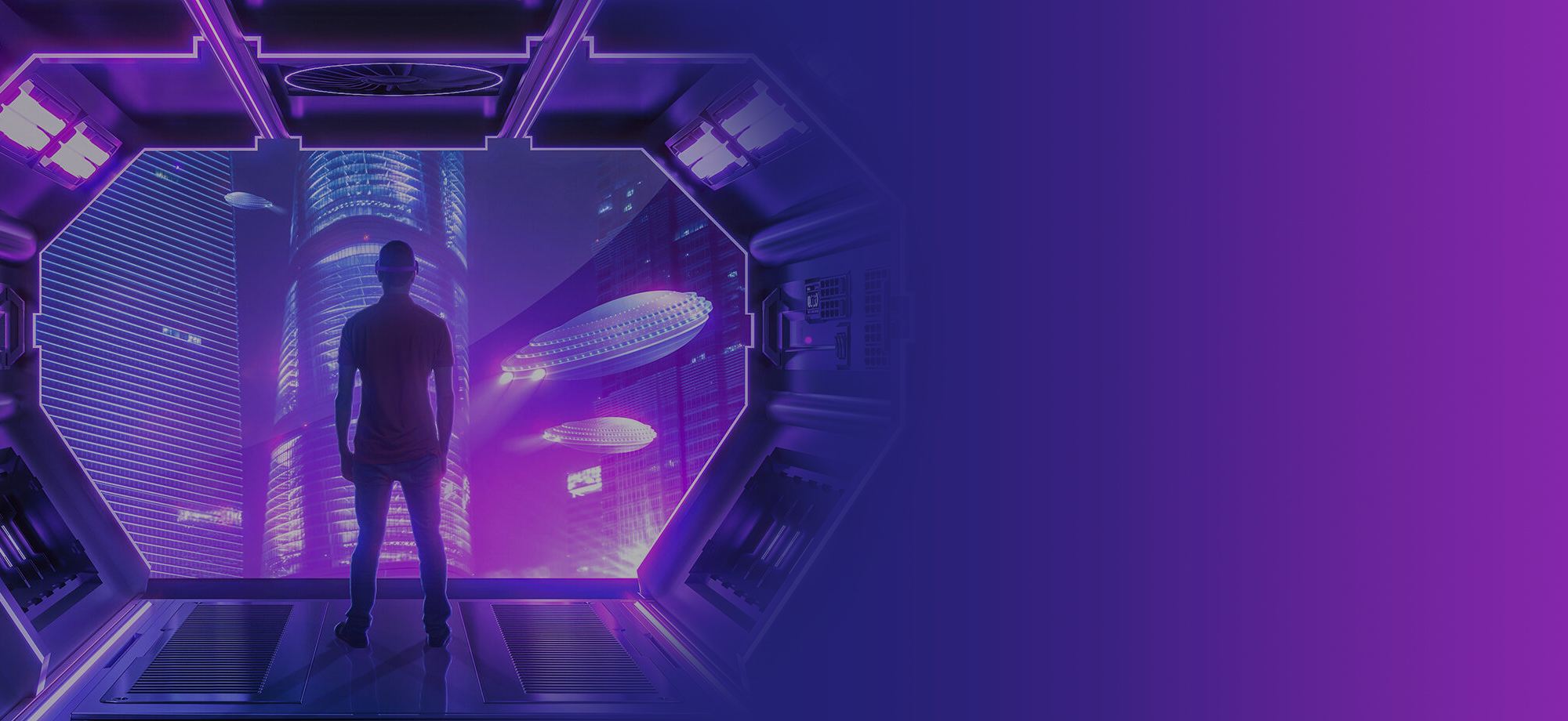History knows 3 iterations of the internet. The first took place in the early 1990s, marking the advent of static websites interconnected by hyperlinks. It’s now called Web 1.0. The current internet iteration is Web 2.0, which is dominated by large-scale corporations, social media networks, streaming services, subscriptions, messengers, and other software owned by their creators. This approach presupposes that all these resources are owned by organizations.
In turn, this points to the fact that user data, harvested and processed from servers all over the world, is then manipulated, quite often sold, or taken advantage of for other purposes, which, obviously, isn’t the state of affairs that web enthusiasts expect. That’s when Web3 development services comes into play, showing that the internet can be more secure, decentralized, and primarily owned by digital content creators instead of platform owners.
Built on blockchain and powered by distributed ledgers, smart contracts, as well as cryptocurrencies/NFTs, the Web3 internet paradigm hasn’t yet begun to operate in full swing. However, there are already some proto-metaverses, NFT games, and crypto marketplaces worldwide that heavily rely on blockchain technology. Elaborating on a more secure and decentralized way to develop the internet, the proponents of Web3 envision the following:
The AI-driven internet on a blockchain. In the years to come, Web3 enthusiasts promise that the internet will be controlled by artificial intelligence, powered by blockchain technology, and provide the opportunity for users to store their data independently on the public distributed ledger of a certain blockchain.
No human intermediaries for data exchange. Since the internet will be permissionless, meaning no one will need to provide their sensitive information to access a service, online applications will be governed by smart contracts and automated verification systems. Therefore, no human being will be needed to verify a transaction of cryptocurrencies or information between internet users.
Interoperability. Instead of storing data on servers distributed all over the world, the Web3 platform implies keeping all the on the network. So any data manipulations are impossible, inasmuch as each change is to be recorded on the blockchain as well as verified by each part of the network.
Decentralized system. Web3 is expected to work without a single central organization or entity controlling its development. In other words, the distributed ledger system allows decentralized applications (dApps) to be powered by artificial intelligence and blockchain itself based on smart contracts, so there’s no need for someone to operate it manually.
Data ownership. Thanks to cryptocurrencies and the technology behind NFTs, any internet user can effortlessly prove their ownership rights because blockchain never forgets anything. All records are rewritten to new blocks inside a network so that nothing disappears from the system entirely. So if you buy a digital asset on an NFT marketplace, you automatically become its owner, and everyone knows it.































